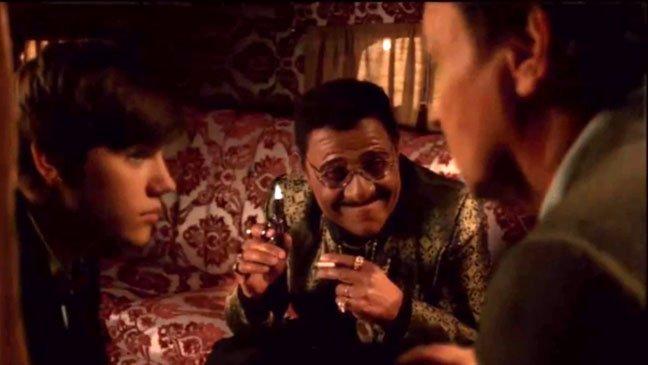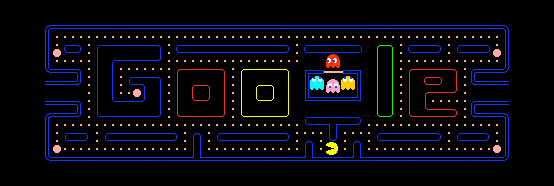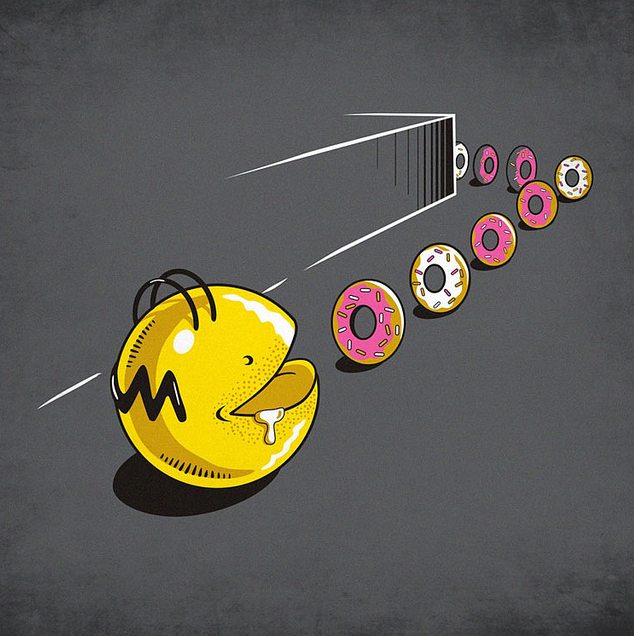About
“All About That Bass” is a 2014 pop song co-written and performed by British recording artist Meghan Trainor. Upon its debut in June, the song was met with critical acclaims for its catchy beats and advocacy of body positivity, though not without criticism from some feminist bloggers asserting that the lyrics sends mixed messages about women’s self-image and gender relations.
Origin
On July 11th, 2014, Meghan Trainor’s official Vevo YouTube channel[1] uploaded the music video for “All About That Bass.” The video features Trainer singing about being happy with her fuller figure, surrounded by dancers who are not as thin as dancers in music videos tend to be. As of October 2014, the video has gained over 190,000,000 views.
Controversy
On August 6th, Feministing[6] published an article titled “Why Meghan Trainor’s body acceptance anthem “All About That Bass” is disappointing.” The post criticized the song for attaching body positivity to the male gaze and for putting down thin woman, the post explains:
“Secondly, good lord, people, it’s like it’s scientifically impossible to write a song about how great it is to have curves that doesn’t insult people who don’t. Being thin doesn’t make you a bitch. Being thin doesn’t mean you’re dumb. Being thin doesn’t make you “slutty.” Being thin means you’re just that: thin, and adhering a little more closely to the impossible-to-fully-meet expectations of what our bodies should look like.”
On August 18th, Jezebel[7] published a post titled “Meghan Trainor’s ‘All About That Bass’ Hit No. 1 and We Feel Dirty,” which again talks about the songs lyrics being too dependant on what men think of womens’ bodies:
“Trainor’s lyrics remind me of that dumb Twitter thread surrounding #feministsareugly last week, which resulted in bunches of women making duck faces to prove to men, who already don’t agree with their views, that they are sexy. Ladies, wake up, who cares what those neanderthals think?”
On August 20th, The Atlantic[8] published a post titled “Meghan Trainor is ‘All About That Bass,’ Others Are All About That Controversy.”
Spread
On September 5th, Post Modern Jukebox[3] uploaded a cover of “All About That Bass.” As of October 2014, the video has gained over 4.6 million views.
On September 27th, YouTuber TiffanyAlvord[4] uploaded a cover of “All About That Bass” titled the “Beauty Version” which alters the lyrics so it doesn’t specify that the singer is a heavier woman. As of October 2014, the video has gained over 1 million views.
On October 5th, YouTuber MattSteffanina[2] uploaded a video of himself and a young student performing a hip hip dance to “All About That Bass.” Within a month the video gained over 9 million views.
Notable Examples
Covers
Parodies
>
Search Interest
External References
[1]YouTube – MeghanTrainorVEVO
[2]YouTube – MattSteffanina
[3]YouTube – ScottBradleeLovesYa
[4]YouTube – TiffanyAlvord
[5]Buzzfeed – Did Meghan Trainor Plagiarize A K-Pop Artist To Make Her Hit Song “All About That Bass”?
[6]Feministing – Why Meghan Trainor’s body acceptance anthem “All About That Bass” is disappointing
[7]Jezebel – Meghan Trainor’s ‘All About That Bass’ Hit No. 1 and We Feel Dirty
[8]The Atlantic – Meghan Trainor is ‘All About That Bass,’ Others Are All About That Controversy


































































